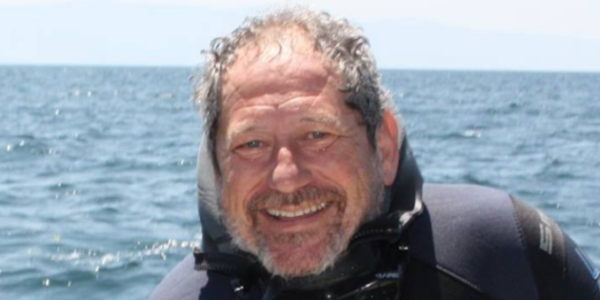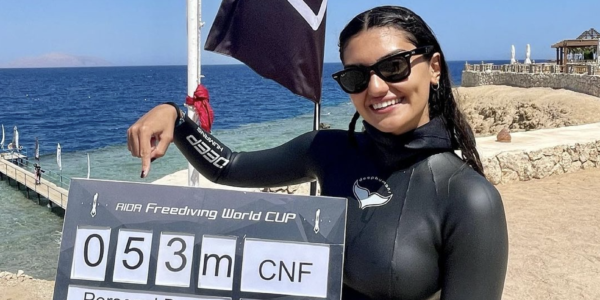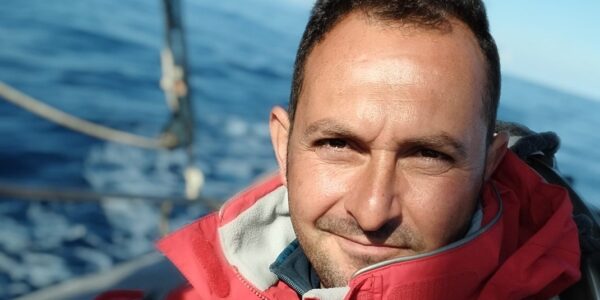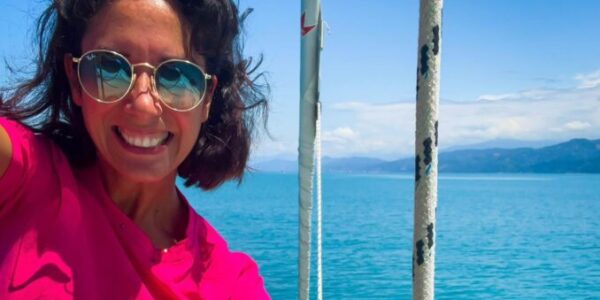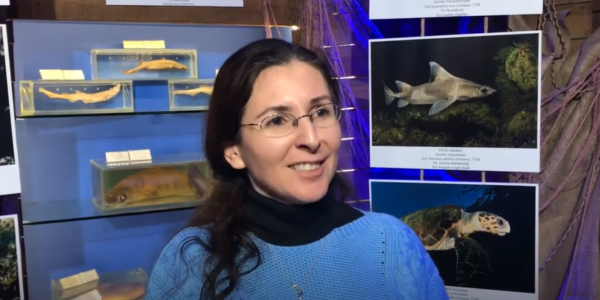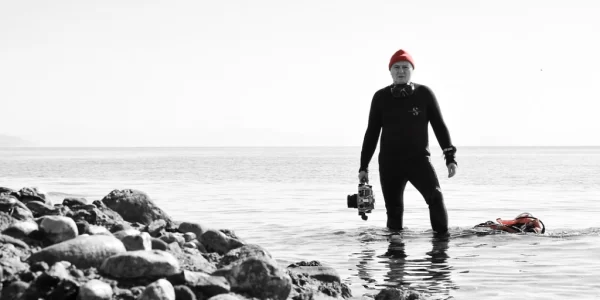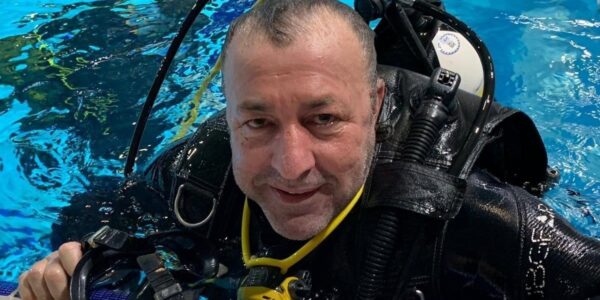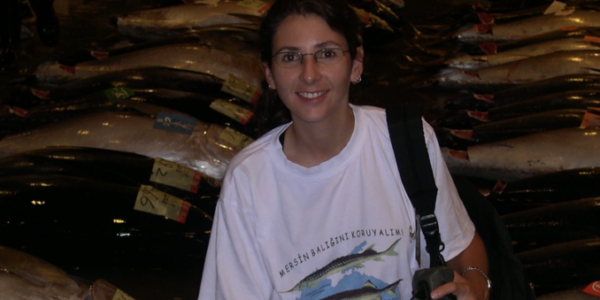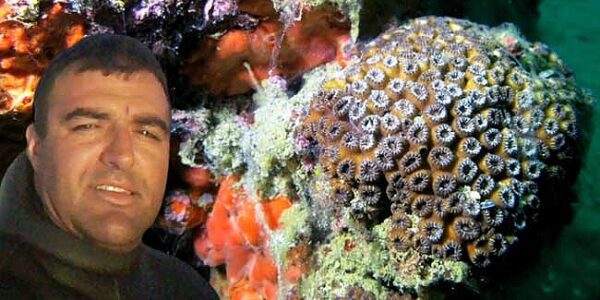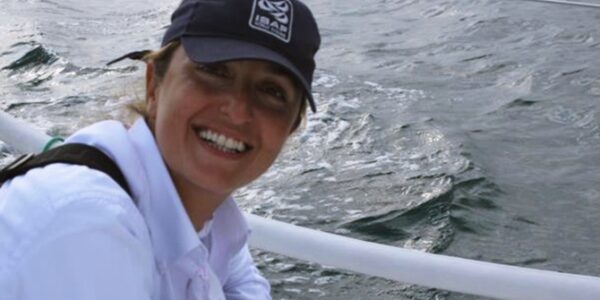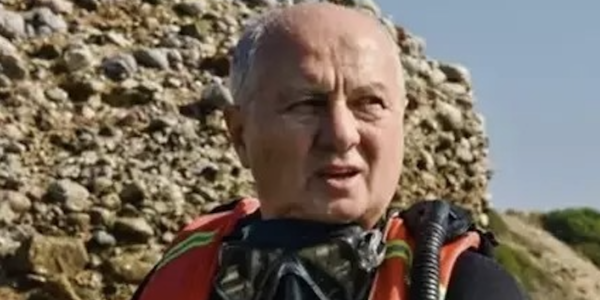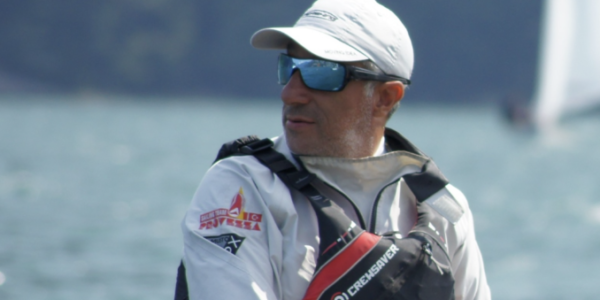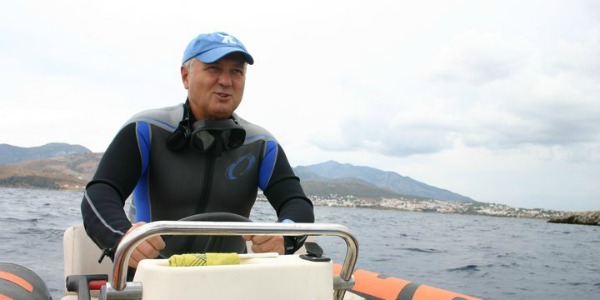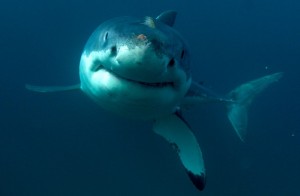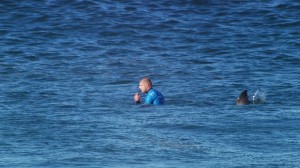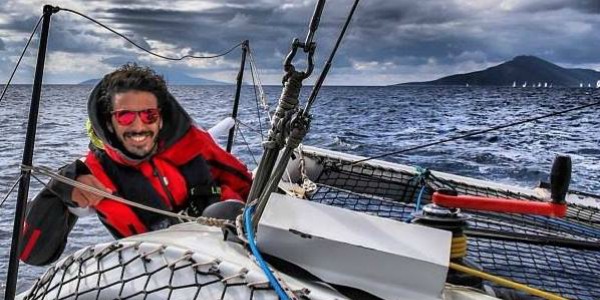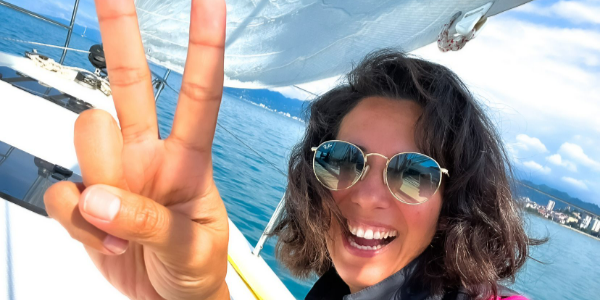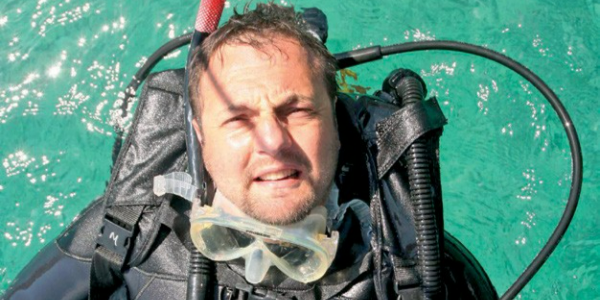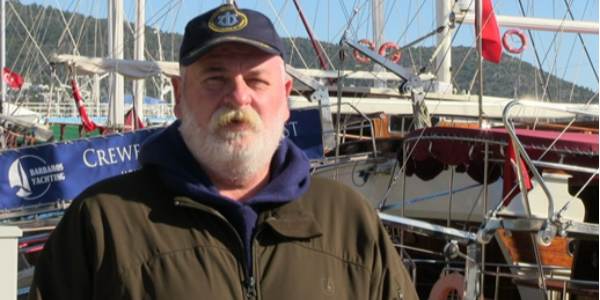It was a moment that shook the surf world: A fin slowly approached a blissfully unaware surfer — and then the thrashing started.
It happened two years ago, during a surf contest in South Africa. Fortunately, long-time pro Mick Fanning was able to punch the great white and get away before rescuers swooped by to pluck him out of the water.
That rare encounter put a spotlight on surfing’s unique risk, how pro surfers, unlike athletes in almost any other sport, face the possibility of battling a competitor other than another human. Mother nature — in the form of the ocean and, sometimes, sharks — can beat anyone.
This week in Huntington Beach, where shark sightings have become the norm the past three years, organizers of the U.S. Open of Surfing aren’t taking chances with the 200 surfers from around the world who’ve come to their contest.
Guards contracted with the U.S. Open of Surfing will monitor the contestants from two personal water crafts, specifically watching for sharks, according to Huntington Beach Marine Safety Lt. Claude Panis, who met with event organizers this week to talk about shark safety measures.
“The organization is in constant communication with its athletes and event organizers regarding venues, safety protocols and response abilities,” the World Surf League said in a statement. “There will be multiple safety and response skis in the water during the US Open and we’ll be working with lifeguards to ensure everyone stays safe and has a great event.”
The possibility of a shark encounter is a statistically legitimate reality. Panis said there were 56 shark sightings at Huntington City Beach in 2015 and 36 sightings last year. So far this year there have been 17 sightings in the city beach area where the contest will be held. And while that number is down in Huntington, other spots along the neighboring coastline — in Dana Point and Long Beach — have seen a dramatic upturn this year, with sharks being sighted in some spots almost daily.
Lifeguards and the two private water craft operators will be in constant communication, Panis said.
For pro surfer Courtney Conlogue, of Santa Ana, the risk of shark encounters comes with the job.
“We’re surfing in their home and I think we just need to respect it and have the precautions,” she said. “Driving on the highway is more dangerous than surfing in the ocean. At least with sharks, you know what they are going to do. It’s just part of the territory.”
She notes that places on the World Tour like Margaret River in Australia are known for as sharky waters, and Lower Trestles, near where a woman was attacked this year off San Onofre, has always had a reputation for shark sightings.
“I’ve been surfing these places since I was little,” Conlogue said. “Populations do increase, and risks do increase, but I’m going to keep performing. That’s what my mind is on, the performance.”
She’s also confident about the safeguards put in place by the World Surf League.
“I’m sure they’ll have their precautions in place,” she said.
Still, it’s unclear what humans can do if a shark is following its instincts.
Last September, a breaching shark prompted organizers of the Hurley Pro, held at Lower Trestles, to pull competitors out of the water during the middle of a heat. Competition didn’t resume until lifeguards scanned the area and were confident the shark had left.
Since then, there have been several reports of breaching sharks at Lower Trestles, south of San Clemente, confirmed by surf cam recordings by Surfline.com. One image shows a shark propelling out of the water just 50 yards from 11-time world champion Kelly Slater.
A few weeks ago, at this year’s version of the J-Bay South African surf contest where Fanning encountered a shark in 2015, shark showed up during his heat against Brazilian Gabriel Medina. The event was suspended until the area was cleared, and the athletes agreed to resume the contest.
Earlier in that same contest, a shark breached near competitors as Jordy Smith, a South African who now lives in San Clemente, took off on a wave. As he surfed his way to the beach, fellow competitors Filipe Toledo, last year’s U.S. Open of Surfing winner, and Australian Julian Wilson, were picked up by safety crafts and brought to shore.
Huntington Beach surf photographer Benjamin Ginsberg is nervous about this week’s event, admitting that all the shark activity along the coast in recent months has kept him on dry land.
He’s focused on water photography for the past seven years or so, and the U.S. Open of Surfing is a perfect opportunity to wade in the water with his camera to get warm-up shots at dawn, or images during the event — offering close-ups of some of the world’s best surfers.
“It’s not going to keep me out of the water forever, but it has so far,” Ginsberg said. “I want to be in the water taking photos.”
Still, he’s undecided about whether he’ll shoot this year’s event. He usually sits under the pier for shots, which already makes him uneasy.
“We all know they are out there, but there’s this primal thing in the back of my head, ‘maybe I shouldn’t go in the water’,” he said.
“Sharks have always fascinated me,” he added. “They’ve also terrified me.”
But to do his work as an in-the-water surf photographer — floating on the surface, wearing fins and dressed in a black wetsuit that makes him look like a tasty seal — might not be the best idea, he said.
“I’m going to bring my gear down,” he said. “If it looks good, and there’s enough people out ripping, and other water photographers are out there, peer pressure might work.”
If there’s a sighting, lifeguard Panis said a rescue boat will be dispatched and the guards on personal watercraft will be notified and police helicopters will be called. If it’s a larger shark, or its behavior appears aggressive, a stretch of beach may be closed. Otherwise, warnings will be posted.
In recent months, signs have been posted on the pier that fishing for great whites is illegal, after several fishermen hooked great whites hanging close to shore. The city is also looking at an ordinance to forbid chumming — dropping bait into the water — from the pier. Such chumming could draw sharks close to the pier pilings, which is near where surfers in this week’s contest will be trying to catch waves.
The most recent sighting at Huntington State Beach was a week ago. It was was an 8-foot juvenile. Guards took precautions and posted warning signs.
“It’s the new norm,” Panis said. “(Sharks) are out there, swimming around.
“And it doesn’t look like they are going anywhere.”
Source: ocregister

